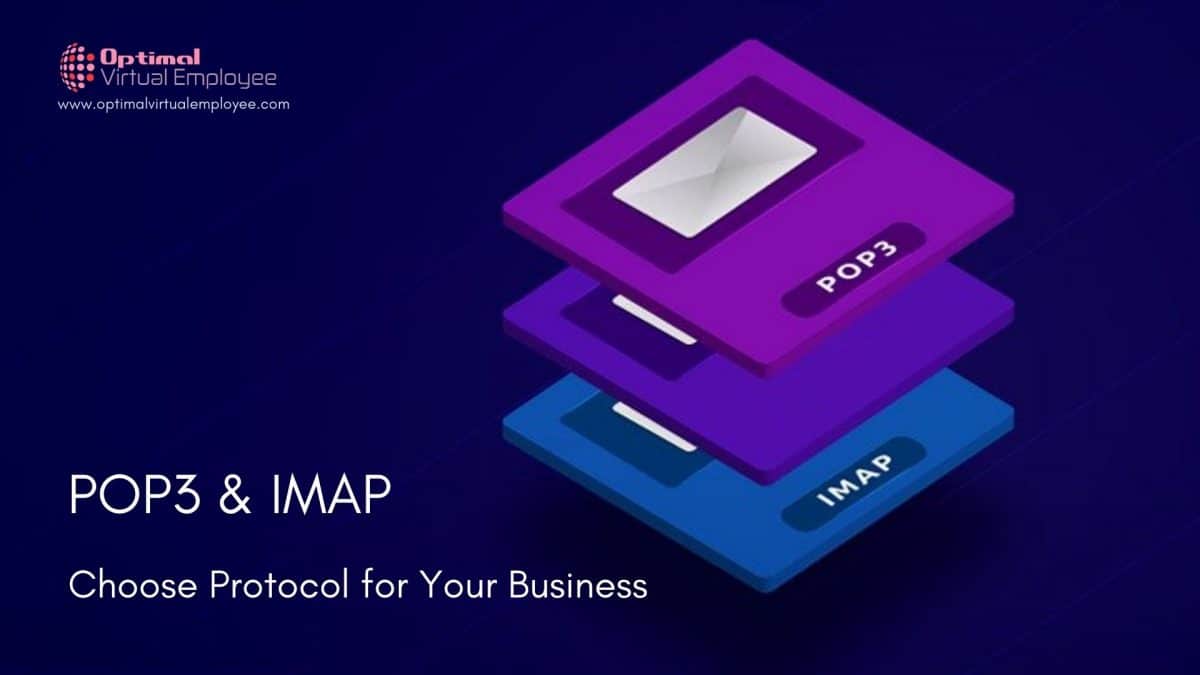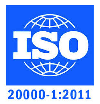The Choice of Email Protocols
Email protocol is a set method of exchanging information between clients that communicate via emails. Users can read mails on the system via a third-party application or they can use a mailing protocol to access and save their emails.
As the first step, emailing clients send the mail. SMTP shares that message with the distribution centre’s server like Gmail’s server. Soon after, a recipient’s inbox receives the mail thanks to SMTP. A designated carrier carries this message to the actual recipient. This carrier can be either POP3 or IMAP.
POP came around in the year 1984. Its purpose was to download mails via remote servers. In 1986 came IMAP, with aim to facilitate access to mails stored on remote servers, remotely.
Both POP and IMAP protocols are varied in their approach. It is because POP downloads emails for local storage, but IMAP lets emails stay on the server and stores them locally temporarily. In short, IMAP offers cloud storage.
In this article, we delve deep into the details of both the protocols and try to explain which is a better fit for your business. Hire a web developer to integrate these email protocols into your business system.
What is IMAP?
The Internet Messaging Access Protocol or IMAP retains the mails on the server, even after download by a user. Known for its bi-directional communication, IMAP stores mails on the server even after businesses access them from multiple devices. Even if one user reads a mail on the IMAP server, it is marked as read on devices connected to it, offering a completely synchronized experience to businesses.
Businesses like that can access the email backups on the server anytime they want. Emails and attachments are only downloaded when clicks and never automatically. This makes it an efficient choice. Even sent mails are stored on the IMAP server.
However, all the emails are stored on the server; it can be time-consuming with businesses struggling with cloud storage. It also gives a tough time to users with bad connectivity.
What is POP?
Post Office Protocol or POP is a protocol for email retrieval. Businesses log in, collect or read the mails and then disconnect. Being unidirectional, POP is great for one way communication, i.e. from the mail server to a computer device. Post this; the email is deleted from the device. It is famously called the ‘download-and-delete’ mailing protocol. These emails can only be accessed from a single device. POP3 is the third generation of POP.
The mails sent are stored locally on the device, leaving the server space free. Businesses like POP because of its simplicity when it comes to accessing emails. They can download emails to their machine and read them even when offline. POP uses minimal space on a web server.
How to Choose Between POP3 & IMAP for Your Business?
The choice of email protocol between POP3 and IMAP can seem like a tough one for most businesses. There are multiple factors to consider to choose between both.
It’s best to use IMAP as it is compatible with different devices and is easily accessible through multiple interfaces. IMAP not only keeps the emailing account consistent throughout devices but also keeps it up to date. IMAP is a comparatively better choice for a custom storage folder too. IMAP scrutinizes the mail on the server-side and brings forth a sorted account when devices access it. Businesses that like to use customisations for emailing across devices choose IMAP for its brilliance. On the downside, IMAP keeps the email data on the server storage space and wastes disk space available for use.
Businesses that want consistent access to mails without worrying about the internet connectivity should go for POP3. It is a great choice if a business needs single-device access to emails. However, POP3 makes businesses prone to risk of access loss to past emails, in case main device access is lost. POP server-side sorting is nice but never downloads emails sorted outside the Inbox folder. In hindsight, POP3 saves businesses server space because it keeps a track of only fresh mails on the server side. When a device tries to reach the email account, the server transfers all the mail data to it and erases its own memory.
IMAP is a better choice for businesses with
- multi-device access
- reliable internet connection
- ample local storage space
- need for email overview on the server
- need for automatic backup of emails
POP3 is a better choice for businesses with
- single device access
- absence of reliable internet connection
- need to save server space
In the End
The end choice depends on the variables that hit home with your business. However, in our view, IMAP is a modern email protocol that brings flexibility and automatic backups on the server, which most businesses need today. POP3 is a better choice for business with limited cloud storage and bad internet connection.









